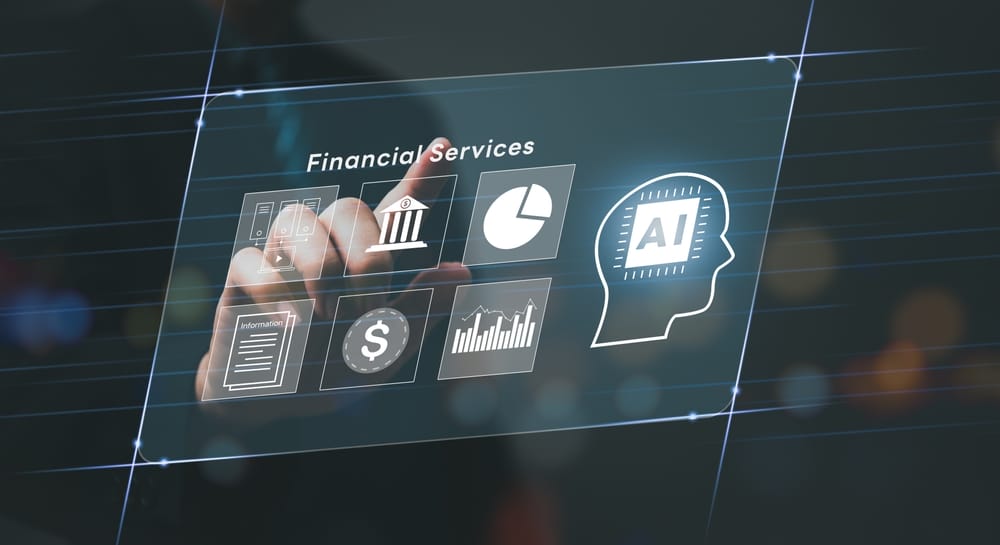
Streamlining Compliance: How One Fintech Consolidated 8+ Vendors with iComply
Meet Eric—a compliance manager at a Nasdaq-listed fintech managing billions of dollars in transactions annually. With growth came complexity, and Eric’s compliance operations were tangled in a web of third-party tools.
For every KYC, KYB, and AML task, there was a separate vendor:
- KYC identity verification platform.
- KYB corporate document collection.
- Sanctions and PEP screening.
- Adverse media monitoring.
- Passport and ID authentication.
- Biometric identity access management.
- An audit trail and reporting system.
- API integrations to stitch it all together.
- Secure document collection for corporate accounts.
The result? Nine disconnected silos, growing costs, and a frustrated team. Manual case management and their homegrown transaction monitoring system only added to the inefficiencies. Eric knew they needed a change—and fast.
The Challenge: A Disjointed Compliance Stack
Every customer onboarding journey felt like running a relay race between platforms. Each handoff slowed down processes, increased the risk of errors, and frustrated internal teams. Regulatory audits became chaotic as reports had to be cobbled together from multiple systems.
Eric’s team spent more time navigating software than assessing actual compliance risks. Meanwhile, costs ballooned as vendor licenses stacked up.
The Solution: iComply’s End-to-End Platform
Eric found iComply—a modular, all-in-one platform for KYC, KYB, and AML that integrated seamlessly with their existing systems. With iComply, Eric’s team consolidated nine compliance vendors into just three core systems:
- iComply’s Platform for KYC, KYB, AML, and case management.
- Their in-house transaction monitoring system.
- A CRM for client relationship management.
Everything else? Eliminated.
How iComply Transformed Compliance Operations
- Simplified Vendor Management: No more juggling multiple contracts, dashboards, or integration issues. All compliance workflows—from ID verification to adverse media screening—were handled in one place.
- Cost Savings: Consolidating vendors significantly reduced licensing fees, integration costs, and maintenance overhead.
- Faster Onboarding: Automated document authentication, PEP and sanctions screening, and real-time biometric checks cut onboarding time from days to minutes.
- Seamless Reporting: iComply’s robust reporting tools generated audit-ready summaries in seconds, making regulatory reviews stress-free.
- Future-Proof Compliance: Regular updates ensured Eric’s team stayed ahead of changing regulations without needing to reconfigure or rebuild their workflows.
The Result: Compliance at Scale
With iComply, Eric’s fintech could confidently scale compliance alongside its growing business—managing billions in annual transactions without missing a beat. The reduced complexity meant his team could focus on risk management, not system management.
Eric went from putting out fires to driving a proactive compliance strategy, saving his company time and money while improving efficiency and security.
Ready to streamline your compliance stack? iComply helps fintechs consolidate vendors, cut costs, and enhance compliance. Let’s simplify your workflows and build trust together.





